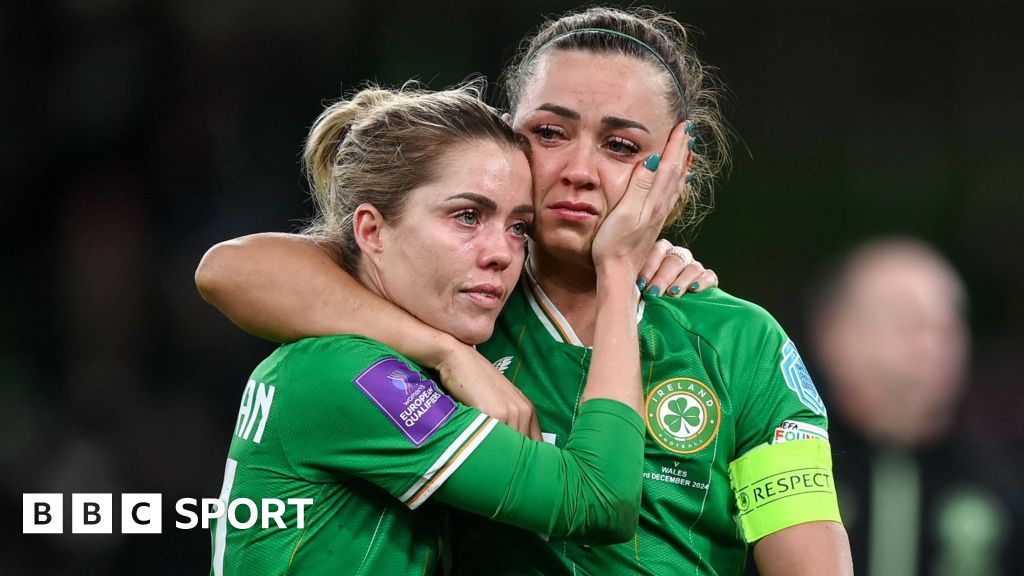Infra
Ireland has no plausible plan to deliver offshore renewable energy

Over the last six months, a trilogy of Government policy and strategy documents have been released that set out Ireland’s approach to the harvesting of offshore renewable energy to align with Ireland’s Climate Action Plan 2024, which explicitly states the aim to deliver at least 5GW from offshore wind by 2030.
- Powering Prosperity (Department of Enterprise, Trade, and Employment);
- Future Framework for Offshore Renewable Energy (Department of Environment, Climate, and Communications);
- Offshore Renewable Energy Technology Roadmap (Sustainable Energy Authority of Ireland [SEAI]).
Powering Prosperity looks at jobs and economic opportunities of offshore renewable energy. The Future Framework document, in a sense, follows on and looks at how to grow the offshore renewable energy industry — mainly floating technology — from the mid-30s delivering 20GW in 2040 and 37GW by 2050.
SUSTAINABILITY & CLIMATE
Check out our Sustainability and Climate Change Hub where you will find the latest news, features, opinions and analysis on this topic from across the various Irish Examiner topic desks and their team of specialist writers and columnists.
The most recent document published in June 2024 by SEAI, Offshore Renewable Energy Technology Roadmap, intriguingly has used 3.2GW as its baseline target for offshore renewable energy in 2030 — not the expected 5GW.
Research by Dublin City University has shown that port development is a major bottleneck to offshore renewable energy development.
The SEAI’s Offshore Renewable Energy Technology Roadmap offers up Belfast as the immediate solution for the delivery of Ireland’s offshore wind farms, but unfortunately it offers no short-term plan or an expression of the necessity to deliver a port infrastructure within the Republic of Ireland.
The report suggests that 40 turbines per annum can be deployed from Belfast, which — assuming 17MW turbines — is 680MWs per year. This will not deliver even 3.2GW by 2030, assuming it commences in 2027.
It goes on to say that the Republic will continue to give business to Belfast even if the Irish ports in the South are up and running.
In reality, it would be great if Belfast has capacity, but will it be available for Ireland’s offshore wind rollout? Why can Ireland not expedite enough of our own port infrastructure in Ireland, just like what is starting to happen in Rosslare?
Looking beyond 2030, both the SEAI report and the Future Framework talk, not about ports, but about using installation vessels in sheltered water to assemble floating wind turbines. This is not a solution, but a band-aid — and a very expensive one — with little benefit to the local economy.
To note: Floating wind will be deployed off the South East of Ireland decades before it is deployed in the Atlantic.
In the Future Framework for Offshore Renewable Energy Policy statement (2024), it says that “critical components of Ireland’s offshore renewable energy system including generation, storage, ports, and grid infrastructure are informed by the National Development Plan (NDP)”.
A quick review of the NDP does mention ports and their future role in the offshore wind rollout, but the plan’s focus is roll-on and off traffic and goods, and even goes as far as to say “ports do not receive Exchequer funding”.
The NDP companion document, the National Planning Framework — part of Project Ireland 2040, currently out for consultation — continues in the same theme with connectivity to the fore when it comes to ports. This leads to what can be seen as a void in the Government documents as published.
So where are we?
It seems in the vacuum of a plan that it is up to each port to develop its own plan on an individual site basis, rather than a centrally coordinated national plan. And we are seeing the consequential chaos: Potential inward investment to Ireland is choosing other countries, different ports are separately applying for the same European funding, competing against each other, and the obvious fact that there are still no operational ports in Ireland that can deploy any offshore wind.
The result will be delays in delivering offshore renewable energy, delays in electrification of our economy, delays in achieving decarbonisation, inadequate investment in strategic locations, poor economic return to local communities, as well as more expensive electricity for customers.
SEAI talks about three to four ports being required for post-2035 offshore renewable energy development. However, if you look at a map of Ireland, you will find there are only three to four locations that physically can be developed into suitable ports to manage floating wind turbine set down, assembly, and maintenance.
In reality, for fixed offshore renewable energy development, we have Rosslare, Cork, and possibly Bremore and Bantry. For floating offshore renewable energy development, it is Shannon Foynes, possibly Cork, and potentially Bantry and Killybeggs.
What Ireland needs is a plan to develop these ports as part of a national infrastructure project, where the financial model is developed to support these few ports that need to be developed to deliver offshore renewable energy.
This should be a central theme of the National Development Plan and implemented through the National Planning Framework.
It also should be expressed clearly in the National Ports Policy that a port is a shared resource, linking connectivity and offshore renewable energy in one location, or developing a new location such as Bantry specifically for ore.
Knowing what we know now, surely Ireland can have its ports in place in early 2030. Look at Scotland and see what has been done.
- James Carton is an assistant professor in sustainable energy in Dublin City University (DCU). Bill Duggan is a research assistant at DCU.









